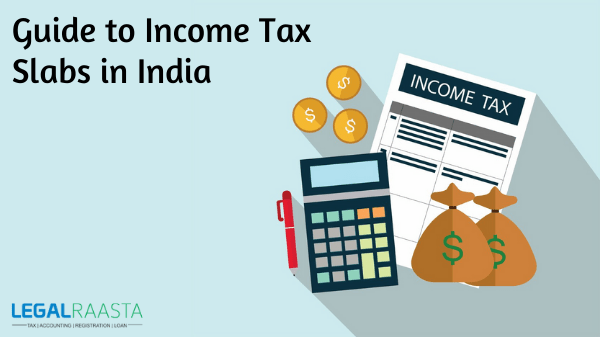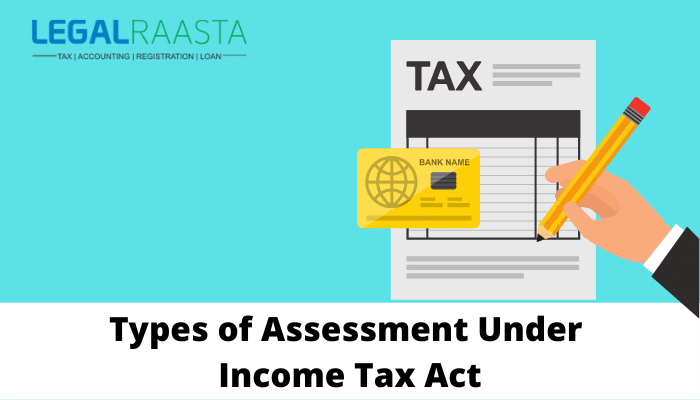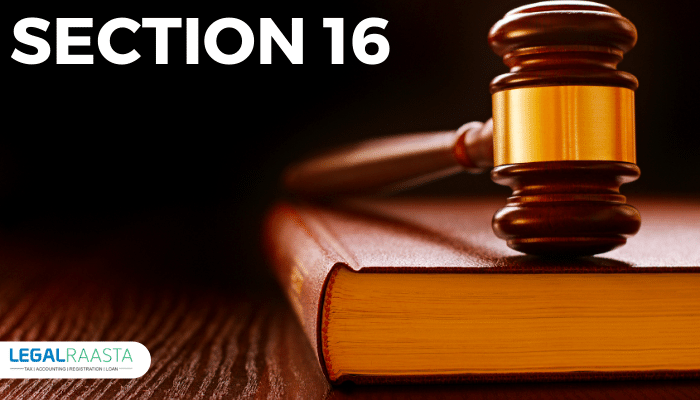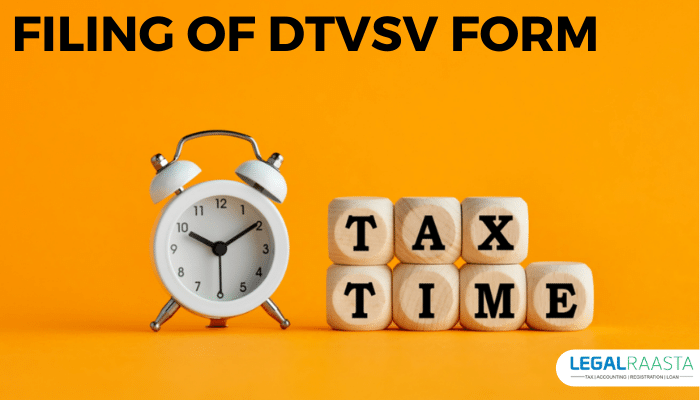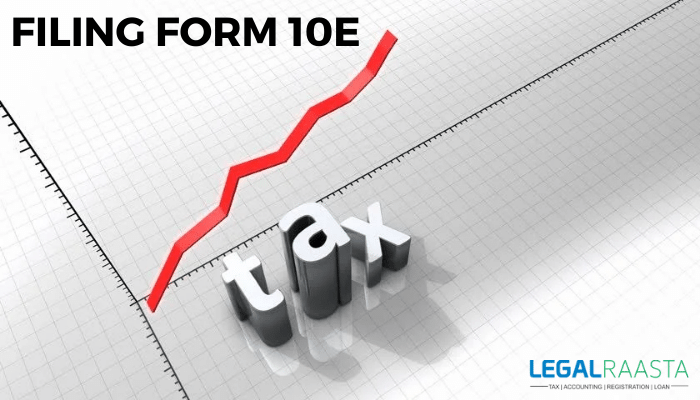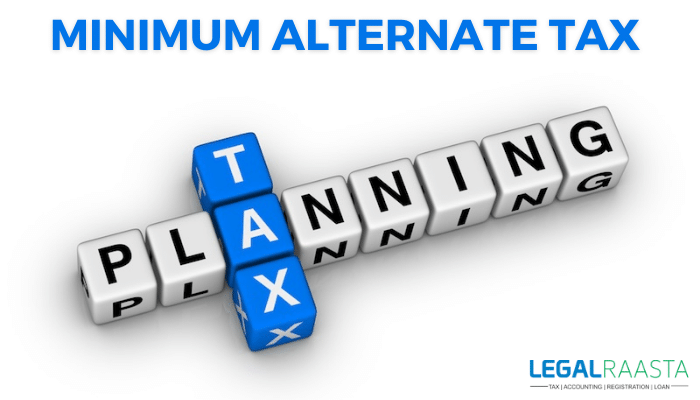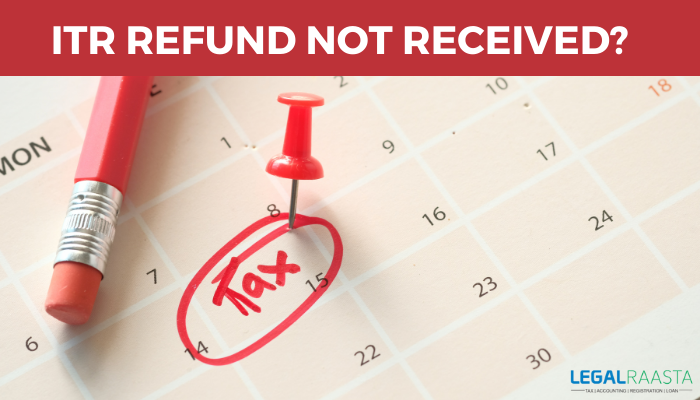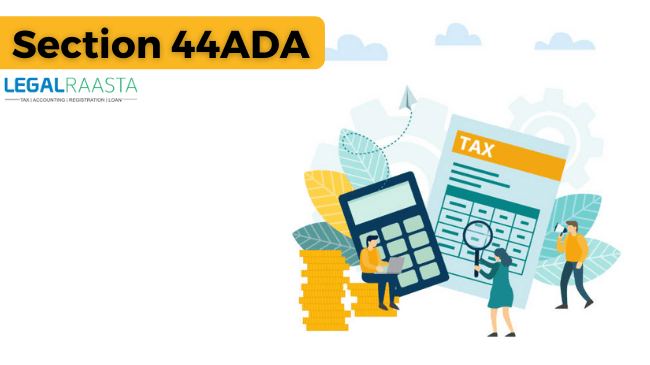A Comprehensive Guide to Income Tax Slabs in India
Individuals and private organizations must pay income tax if their annual income exceeds the minimum exemption cap, according to the Income Tax Act of 1961. Taxpayers may, however, take advantage of tax advantages under different parts of the Act. To take advantage of these advantages, one must first consider the income tax slabs and rates that apply.
What is the Income Tax Slab, and how does it work?
In India, where people earn a wide variety of incomes, imposing a single rate of taxation on everybody would not be a reasonable policy. As a result, the Act divides income ranges and levies tax at various rates based on the division. Tax slabs are the names given to these classes.
If the taxpayer is a person, the slabs often differ depending on age and agency classification. Each year, during the Central Government’s Budget Session, the income tax slabs are updated and revised. When proposed, these changes and modifications are enacted by Parliament and become law.
If a person’s income rises, he is expected to contribute a larger portion of his earnings to the government. The funds raised from taxes are used by the government to benefit society as a whole.
Income is classified into various categories and requirements under this tax regime. Tax is paid at various rates on different ranges of income falling under different tax slabs, and this category is known as Tax Slab. The rate and slab of income tax are determined by a number of factors, including:
- Complete Sales
- Status of Residence
- Taxpayer category and age
Individual taxpayers are classified into three classes based on their age:
- Individuals under the age of 60, for both residents and non-residents.
- Senior citizens (residents) must be at least 60 years old but not more than 80 years old.
- Super senior citizens must be locals and must be over the age of 80.
Benefits of income tax slab
- The new tax rate benefits people with lower incomes in policy plans. It offers seven low-tax buildings. Anyone who pays taxes without seeking exemption under the current system can benefit from paying lower taxes in advance. For example, taxpayers with a total income of up to Rs 12 lakh should pay more under the old system if they have an investment of less than Rs 1.91 lakh. So, if you are investing less in tax savings, go to a new government.
- Another advantage of switching to a new optional state is that you do not have to worry about complex fillings, which is why there are so few fillings errors. Finance Minister Nirmala Sitharaman said the process under the new tax framework would be much easier for taxpayers. So, if you are a person who does not have or have a small investment to show, you will find it much easier to file taxes under the new system.
- It is an optional program for people to have the flexibility to switch from one system after last year’s test is completed. However, a taxpayer can only switch from the old system to the new one if he does not have money from the business or businesses. This provides better flexibility for taxpayers to choose a different tax regime according to their needs.
- The exclusion of 70 exempts also helps in containing income tax fraud. There are many cases where people have increased their return files by demanding a higher tax refund. However, as most of the exemptions are included under the new system, the magnitude of the exemption from exemption rules is reduced.
Income Tax Slabs for Resident Individuals
The basic exemption limit for each resident is determined by his or her income. Individual taxpayers are grouped into one of three categories:
- Individuals under the age of 60, for both residents and non-residents.
- Senior citizens living in the city who are over 60 but not over 80 years old.
- Residents who are over the age of 80 are called super senior citizens.
Income Tax Slabs for Individuals below 60 years of age in 2020-21
| Income Tax Slab Rate (Prices) | New Regime as per Tax (in %) |
| Rs.0 – Rs.2,50,000 | Nil |
| Rs.2,50,001 – Rs. 5Lakh | 5.00% |
| Rs.5 Lakh – Rs. 7,50,000 | Rs.12500 + 10% of full income above Rs.5 lakh |
| Rs.7,50,001 – Rs. 10lakh | Rs.37500 + 15% of full income above Rs.7,50,000 |
| Rs.10 lakh – Rs.12,50,000 | Rs.75000 + 20% of full income above Rs.10,00,000 |
| Rs.12,50,001 – Rs.15 lakh | Rs.125000 + 25% of full income above Rs.12,50,000 |
| Above Rs. 15 lakh | Rs.187500 + 30% of full income above Rs.15,00,000 |
- The income tax slabs on the basis of stated rates will be subject to health and education cess of 4%
- Any person who needs to go by the new slab rates FY 2020-21 onwards will not be able to benefit of certain exemptions and deductions/ tax benefits.
- Record of exemptions and deductions that won’t be available are:
- Leave Travel Allowance (LTA)
- House Rent Allowance
- Conveyance
- Daily expenses in the course of employment
- Relocation allowance
- Helper allowance
- Children education allowance
- Other special allowance [Section 10(14)]
- Standard deduction
- Professional tax
- Housing loan interest (Section 24)
- Deduction following Chapter VI-A (80C, 80D, 80E, and so on
Important things to keep in mind when choosing a New Tax Regime
Options to be used on or before each previous year when an individual or HUF has no business funds.
In the event that a taxpayer receives business income, the option if used cannot be reversed. In addition, in the event that a taxpayer withdraws an option, it will be an irreparable option as he or she will not be able to select the option again.
Income tax amendments to 2019-20
In the budget speech for the fiscal year (FY) 2019-20, the Minister of Finance announced certain amendments to tax rate structures. The slab tax bill will be valid for the year of Assessment (AY) 2020-21.
- Here are a few points for the changes announced in the 2019-20 Budget Session.
- Annual income up to Rs. 5 lakhs of residents exempt from taxation.
- For persons with an annual income between Rs. 2 Crore to Rs. 5 Crore, excess charges were increased by 25%. Taxes have been increased to 37% for people with an annual income of more than Rs. 5 Money.
- Annual income up to Rs. 400 Crore brought under 25% tax rebate.
- TDS at a rate of 2% charged on disbursements over Rs. 1 Crore per year.
Income Tax Slabs for Individuals in 60 years of Age : 2019-2020
| Taxable Income Slabs | Valid Tax Rates & Cess |
| In Rs. 2.5 Lakh | Zero |
| Starts Rs. 2.5 Lakh -5 lakh | Income that is taxable is upto 5%
adding 4% cess on tax |
| Starts Rs. 5 Lakh – 10 lakh | 5% for taxable income within Rs. 2.5 Lakh & 5 Lakh
Add 20% on taxable income within Rs. 5 Lakh & 10 Lakh Also, adding 4% cess on tax |
| Above Rs. 10 Lakh | 5% for taxable income between Rs. 2.5 Lakh and 5 Lakh
Add 20% on taxable income between Rs. 5 Lakh and 10 Lakh Add 30% on taxable income above Rs. 10 Lakh Also, add 4% cess on tax |
Deductions are also available under sections 80(C) and 80(U) of the Income Tax Act of 1961, as applicable.
In such cases, tax is estimated after such deductions are taken into account, and cess is applied to arrive at the total tax due.
Take a look at the tax implications for residents in other age groups now that you know what an income tax slab is and how tax is assessed on that basis.
Income Tax Slabs for Individuals among 60 to 80 Years 2019-20
| Taxable Income Slab | Valid Tax Rates & Cess |
| Upto Rs. 3 Lakh | Zero |
| Starts Rs. 3 Lakh – 5 lakh | 5% on income that is taxable
add 4% cess on tax |
| Starts Rs. 5 Lakh – 10 Lakh | 5% on taxable income among Rs. 3 Lakh- Rs. 5 Lakh
+ 20% on taxable income with in Rs. 5 Lakh -10 Lakh Add 4% cess on tax |
| More than Rs. 10 Lakh | 5% for taxable income within Rs. 3 Lakh and Rs. 5 Lakh
Add 20% on taxable income within Rs. 5 Lakh and 10 Lakh Add on 30% on taxable income more than Rs. 10 Lakh add 4% cess on tax |
Income tax slabs for individuals above 80 years (Super senior citizens –2019 to 20)
| Taxable Income Slabs | Valid Tax Rates & Cess |
| Up to Rs. 5 Lakh | Zero |
| Starts Rs. 5 Lakh -10 Lakh | 20% on taxable income within Rs. 5 – 10 Lakh
add 4% cess on tax |
| More than Rs. 10 Lakh | 20% on taxable income within Rs. 5-10 lakh
+30% on taxable income above Rs 10 Lakh add 4% cess on tax |
Individuals with a yearly income of below Rs. 5 lakh also qualify for an Rs. 12,500 rebate under section 87(A) of the Income Tax Act, 1961. In addition, for the fiscal year 2019-20, a standard deduction of up to Rs. 50,000 is permitted.
Notice that these tax calculations apply to Hindu Undivided Families as well. (HUF).
Income Tax Slabs for Additional Entities
Now, look at the income tax slab that applies to some organizations.
- Domestic Company
For a domestic company, the use of the FY tax provided depends on the total annual income earned in the previous year.
| Gross Turnover Limit (Last year) | Income Tax Rate |
| Within Rs. 2.5 Crore | 25% |
| More than Rs. 2.5 Crore | 30% |
According to the announcement in the latest budget schedule, the introduction of the 2019 tax bill takes the new income limit to Rs. 400 Crore on purpose. Also, a 7% rate payable fee applies if the domestic company’s income is between Rs. 1 Crore and Rs. 10 Crore. With an income of more than Rs. 10 Crore, charging more than 10% applicable. A health and education cess of 4% is also levied on the tax calculated.
- Partnership firm/LLP
- For partner companies and LLPs, there are no flexible tax slabs as total income is taxed at 30%. The higher taxes on firms fall under the two categories mentioned below.
- 7% tax calculated if the amount of income is between Rs. 1 Crore and Rs. 10 Crore
- 12% of calculated income in excess of Rs. 10 Crore
In addition, health and education suspensions at the 4% rate are also subject to total taxation.
- Co-operative Society
The income tax slab charges for a co-operative society are specified in the following table.
| Income slabs | Applicable Rates |
| Income less than Rs. 10 thousand | 10% on income
Add 4% cess on tax |
| With in Rs. 10- 20thousand | 10% on Rs. 10,000
Add 20% on income with in Rs. 10,000 -Rs. 20,000 Add 4% cess on tax |
| More than Rs. 20,000 | 10% on Rs. 10 thousand
Plus 20% on income among Rs. 10,000 -Rs. 20,000 Plus 30% on income more than Rs. 20,000 add 4% cess on tax |
Also, a charge of more than 12% applies to salaries in excess of Rs. 1 Crore.
- Authority Local Council
Local government revenue is also taxable. However, there is no slide split and any revenue generated by the local council is taxed at a minimum rate of 30%.
In addition, health and education taxes are levied at a rate of 4% of the calculated tax. Charges in excess of 12% are also charged if the annual municipal revenue exceeds Rs. 1 Crore.
Income Tax Slab for FY 2020-21
Given below are the different tables for the Revised Income Tax Slabs and rates for the FY 2020-2021 and AY 2021-22 Which was mentioned in Union Budget 2020.
| Income Tax Slab | Tax Rate |
| With in Rs.2.5 lakh | Zero |
| Starts Rs.2,50,001 to Rs.5,00,000 | 5% of the total income that is in excess of Rs.2.5 lakh + 4% cess |
| Starts Rs.5,00,001 to Rs.7,50,000 | 10% of the total income that is in excess of Rs.5 lakh + 4% cess |
| Starts Rs.7,50,001 to Rs.10,00,000 | 15% of the total income that is in excess of Rs.7.5 lakh + 4% cess |
| Starts Rs.10,00,001 to Rs.12,50,000 | 20% of the total income that is in excess of Rs.10 lakh + 4% cess |
| Starts Rs.12,50,001 to Rs.15,00,000 | 25% of the total income that is in excess of Rs.12.5 lakh + 4% cess |
| Income more than Rs.15,00,001 | 30% of the total income that is in excess of Rs.15 lakh + 4% cess |
Conclusion
Every new fiscal year, the income tax slab and rate are likely to adjust. According to figures, the tax paid by individuals or corporations accounts for about 71 percent of total government revenue. In India, income tax is measured using government-determined rates for each assessment year. You can look forward to our website services LegalRaasta.Our professional team will help you in every part connected with ITR Filling. You can even download our app which is simple to access in android mobiles LegalRaasta APP. Even you can ring us a call at 8750008585 and feel free to send your query on Email: contact@legalraasta.com

